From a lavish old palace to "Failed States"
Another "slow" day in Nice (cf.: Slow and happy).
(Updated 2 pm 7.6.07)
Montserrat insisted that I leave the computer and that we get out early (well, just after 11) - so we walked down to the old town and looked round the Palais Lascaris:
In the 17th century, the baroque look and feel of the Old Town came into being. If you look above the doorways, many buildings have their year of construction inscribed into the stone. The Lascaris Palace Museum in the heart of Old Nice, 15 rue Droite, is a Genovan-style palace that shows the grandeur of this burgeoning time for Nice.
http://www.medinheaven.co.uk/page_history_of_nice.html
I wonder how many peasants had to work how long at back-breaking tasks in baking fields to help pay for all this. It reminds me of a line from a BBC radio series based on Ronald Blythe’s excellent book on the village of Akenfield. An old agricultural worker (and I can still hear his strong accent in my head) said: “We was worked to death” and this explained why some young men were so willing to sign up for “the Great War”.
It was agricultural workers like these who provided the wealth for many of the English aristocrats who escaped the miserable climate to winter in Nice and who helped make it a fashionable resort in the 19 th century - hence Promenade des Anglais, etc. Some them had such vast wealth that they could build even bigger palaces and not even use them, such as:
” … the extraordinary Moresque-looking castle of Mr. Smith, which is well called the Folie d'un Anglais—the "craze of an Englishman." The latter stands on the end of a promontory, and with its lofty towers and domes closes in the view. It is perhaps the most curious residence in the world, being built on a barren rock, and its apartments literally hewn out of the marble of which it is composed ... This is the great saloon, and leading out of it are other fine chambers, all of them lined with polished marble and furnished with Eastern magnificence. Externally, there is no trace of these chambers visible. They are, as I have said, excavated, like Egyptian tombs, in the heart of the mountain.
The proprietor, an eccentric English bachelor, never inhabits this fantastic mansion, but lives in a second-rate hotel, spending thousands annually in adding embellishments to his astonishing castle, where, notwithstanding its magnificent suites of apartments, no human being has ever slept a night or eaten a meal.”
(From a magazine of 1878, see below)
http://www.gutenberg.org/files/14324/14324-h/14324-h.htm
At least the Palais Lascaris was lived in:
This Genoese-style palace was built in the middle of the 17th century for the Lascaris de Vintimille (a small Italian town near Nice); it was their family home until 1802. Tucked away in a narrow street, the richly coloured and decorated façade of this palace is flanked by old red and ochre buildings so typical of Nice's old quarter. The interior is sumptuous baroque with vaulted ceilings decorated with frescoes and huge sweeping staircases.
http://www.wcities.com/en/record/168,42861/17/record.html
A little bit of classical lasciviousness for the lucky guests.
Then we returned to the brilliant light in Place Rossetti:
The square is mercifully free from the traffic and one can hear the soothing sound of the fountain:
We had a slow meal and too much to drink. Then a slow look round a bookshop on the way back. We bought Chomsky's "Failed States" for one of M's friends and Fisk's "Liban, Nation Martyre" for a relative from Lebanon. These were my suggestions of course, well it seemed more interesting than bottles of wine as gifts - (for our Paris trip) and one of the guys doesn't drink - (yes, he is French! - and is an intellectual, so Chomky in English will be OK).
The books are reminders of how lucky we are, e.g. in not being too directly affected by US foreign policy.
The Fisk has just come out in French, is a best-seller in English, despite being a big, slow read:
"Le reporter de guerre de « l'Independent », Robert Fisk, sort en France « Liban, Nation Martyre » son livre bestseller dans lequel il revient en détail sur les trente dernières années de l'histoire tragique de ce pays. L'occasion pour le Magazine.info d'interroger ce témoin clé du Moyen-Orient sur la situation toujours tendue de cette région."
I'm currently reading Chomsky's "Failed States":
"It examines how the United States is beginning to resemble a failed state that cannot protect its citizens from violence and has a government that regards itself as beyond the reach of domestic or international law.
In the book, Professor Noam Chomsky presents a series of solutions to help rescue the nation from turning into a failed state.
They include: Accept the jurisdiction of the International Criminal Court and the World Court; Sign the Kyoto protocols on global warming; Let the United Nations take the lead in international crises; Rely on diplomatic and economic measures rather than military ones in confronting terror; and Sharply reduce military spending and sharply increase social spending."
http://www.democracynow.org/article.pl?sid=06/03/31/148254
What an optimist he is, despite all the incredibly informed, gloomy analysis of current realities.
But then history shows how radically things can change; sometimes getting better, sometimes far worse.
A little research on the net brings up a fascinating article about the history of Nice from an old magazine (see above on the Englishman’s folly in Nice)
Lippincott's Magazine Of Popular Literature And Science, April 1875, Vol. XV., No. 88
Nice has suffered due to "failed ststes" and terrible things have happened here in these prosperous, peaceful streets; some due to the treaty-breaking French and the selfish obstinacy of the governer of the time, the marquis de Caraglio - things that make even today's Baghdad seem like a holiday camp:
"... Nice has sustained at least a dozen sieges of more or less severity. That of 1706 was perhaps one of the most shocking on record. The city, by the treaty of Turin of 1696, had once more passed under the protectorate of the dukes of Savoy, but the French, who have always had a longing eye for the "Department of the Maritime Alps," as they even then called it, broke the treaty they had themselves framed, and sent the duc de la Feuillade over the frontier with twenty thousand men to conquer the country. Nice was then governed by the marquis de Caraglio, who, although entreated by the enemy to allow the women and children to leave the city's gates, positively refused to do so. The consequence was that during the siege, which lasted six months, more than a third of the inhabitants perished from starvation. Men are said to have killed their wives for food, and women their children. Sixty thousand shells fell in various parts of the town, and the castle, cathedral and many churches were entirely destroyed."
Hard to imagine, as lines of tourists stroll by bars and restaurants in the warm afternoon - we live in fortunate times - and the traffic isn't THAT bad. The article on Nice itself concludes:
Perhaps, it is owing in part to the brightness of the sunshine and the beauty of the scenery that soon after his arrival the health of the invalid often revives as if by enchantment. Alphonse Karr, a resident of many years, who knows every nook and corner of the place, and who has cultivated a garden in its environs as celebrated throughout the world as his own sparkling pen, says well:
"Who is there so downhearted as to resist the glorious heat of the sun, the beauty of that deepest of blue seas, the loveliness of the varied trees, the tropical vegetation, the scent of the orange-flowers, the music of the brooks, the sight of the ever-changing hues of the mountains of Nizza la bella?" R. DAVEY
http://www.gutenberg.org/files/14324/14324-h/14324-h.htm
Nice from the monastery garden in Cimiez
Well, it's not quite so belle as it was then, there's a lot less vegetation and a lot more buildings, but it's certainly no Beirut - though that used to be "the extraordinarily fashionable 1960s Mediterranean hotspot", before it too became the victim of "failed states" - Fisk:
"I came to Lebanon in 1976 when I was just 29 years old, and because I have lived here ever since - because I have been doing the same job ever since, chronicling the betrayals and treachery and deceit of Middle East history for all those years - I felt I was always 29.
...
I was here on [Beirut] the very last day of the civil war, following the Syrian tanks under shellfire up to Baabda. In conflict, you never believe a war will end. Yet it finished, amid corpses and one last massacre - but it ended, and I was free of fear for the first time in 14 years.
And then I watched it all reborn. The muck along the Corniche below my balcony was cleared and flower beds and new palm trees planted. The Dresden-like ruins were slowly torn down or restored and I could dine out in safety along the old front line in fine Italian restaurants, take coffee by the Roman ruins, buy Belgian chocolates, French shirts, English books. Slowly, my own life, I now realise, was being rebuilt. Not only did I love life - I could expect to enjoy it for years to come.
Until, of course, that Valentine’s Day morning on the Corniche just down from my home when the crack of a fearful explosion sent fingers of dark brown smoke sprouting into the sky only a few hundred metres from me. And that was the moment, I think, when the beautiful dream ended, as it did for tens of thousands of Lebanese. And I no longer feel 29."
http://www.selvesandothers.org/article9274.html
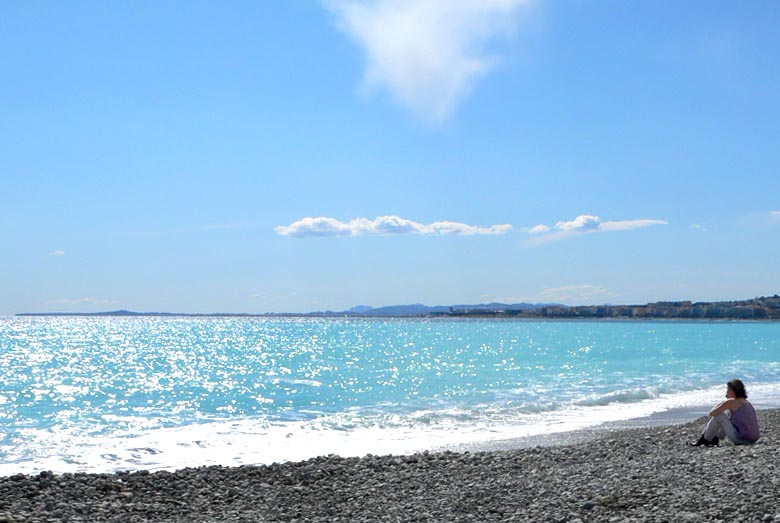
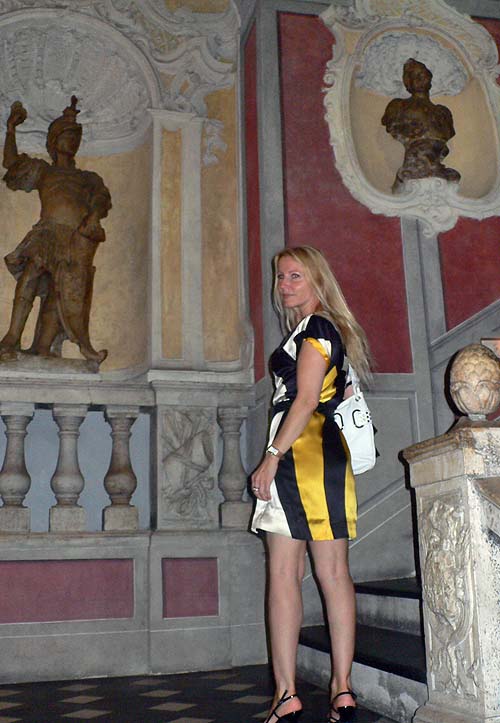

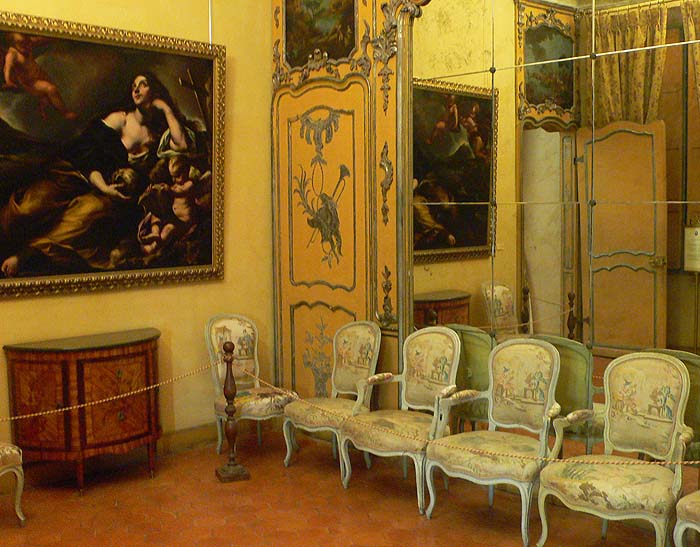
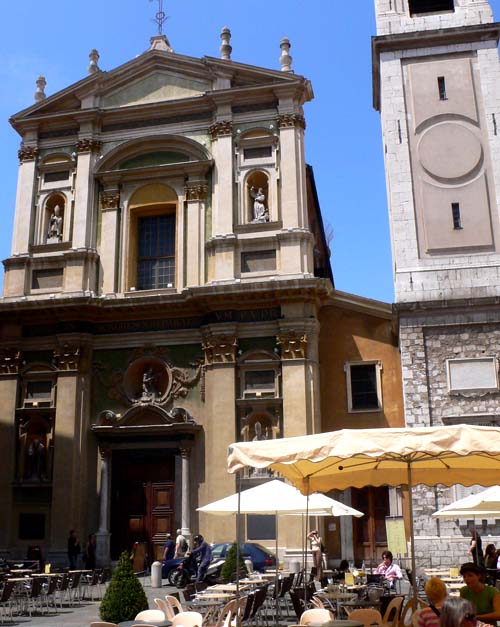
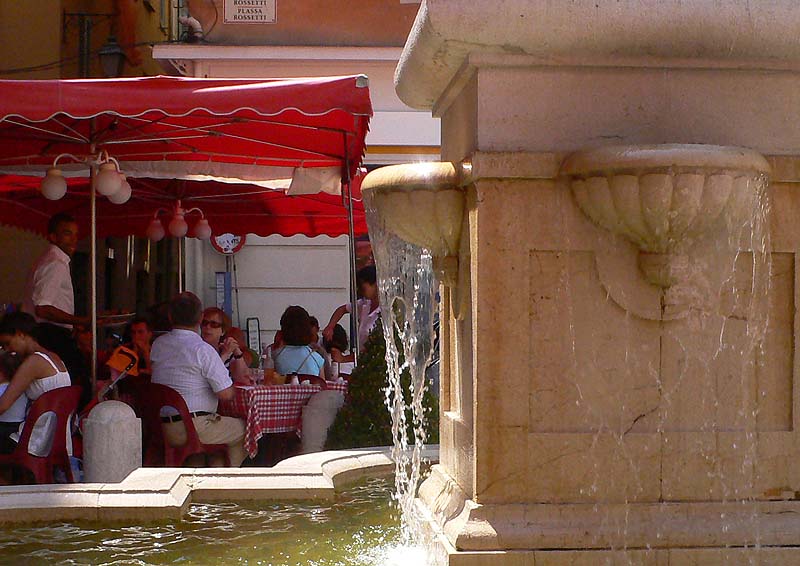
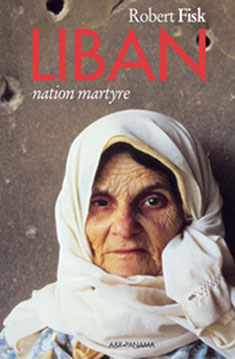

No comments:
Post a Comment